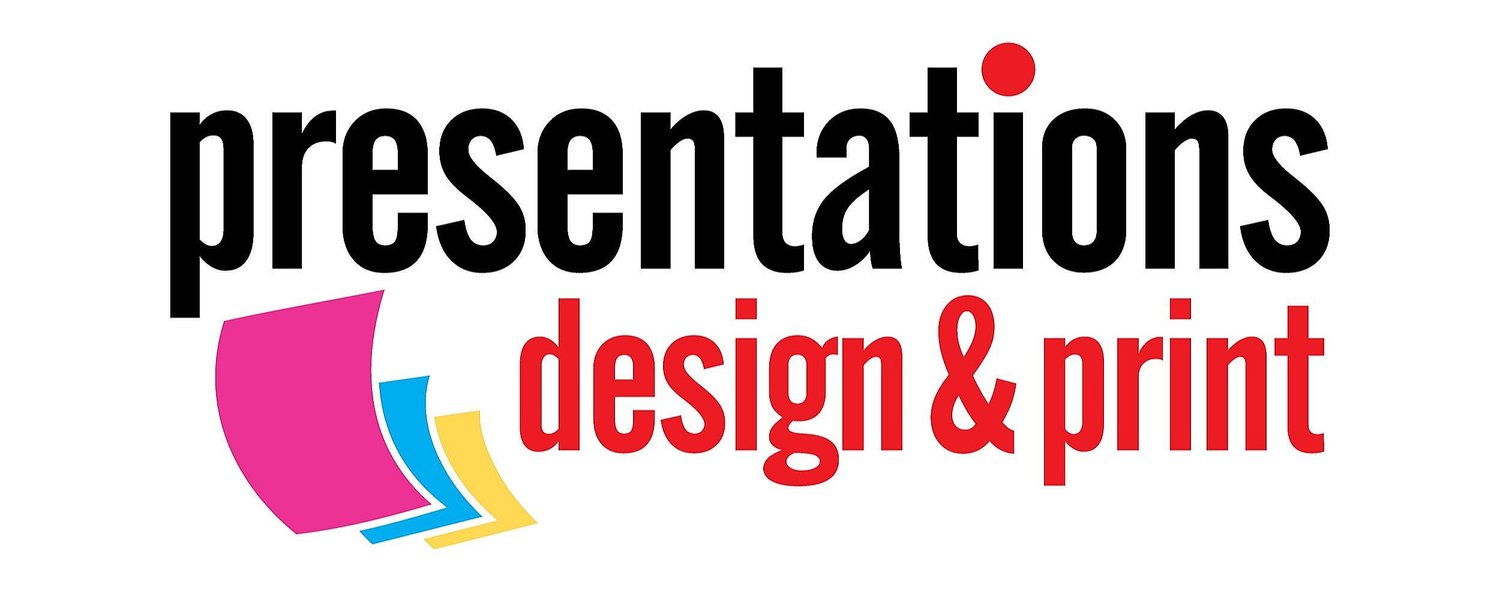What's an acceptable file type?
Adobe PDF (Portable Document Format) has become the standard method for electronic document distribution worldwide. It's a universal file format that preserves all the fonts, formatting, graphics and colour of any source document, regardless of the application and platform used to create it. The beauty of PDF files is they can be made compact enough to email, but more importantly ensure that what you intend to have printed is printed. You can convert any document to Adobe PDF using Adobe Acrobat Software. if you don't have the full version, some programs have a function called "Export to PDF" or "Save as PDF", usually found under "File" on the toolbar menu. Alternatively you can visit: www.adobe.com/product/acrobat/readermain - for a free trail online. This method solves a wide range of potential printing problems.
How do I make a PDF file?
If you don't have the facility to create a PDF file, there are free versions available on the internet. We often use www.pdf995.com. This site allows you to download the two files needed for creating your pdf. The files needed are: Pdf995 Printer Driver and the Free Converter.
After installing these files the PDF writer appears as just another printer. Select this "printer" to create the PDF.
NB. Always check your page size settings before creating the PDF. (Most programs come from the USA where the default is Letter so you may have to change this to A4).
Before sending the file always check your document by previewing the pdf file that you have created - it may look different to the Word document!
Other preferred file types
• PSD (Photoshop)
• TIF
• EPS
• JPG
• BMP
• CorelDraw 12.0
• InDesign CS
Colour jobs to A3 oversize are printed at 400dpi. To achieve the best possible quality scan any image at a minimum of 400dpi and save your artwork in CMYK at 400dpi. In addition to the actual document file it is also strongly recommended you submit any image files used in the document plus all fonts.
Why do I have to pay a download fee?
A download fee per disk/email will apply to all files we receive electronically. This covers virus scanning, the time taken by our staff to handle and download your file and equipment. We run a lot of expensive equipment and won't compromise this for anyone.
How can I get my file to you?
• CD
• USB
• Email: maximum size is 10MB - don't forget to include all your contact details so we can get hold of you!
Why have some of my fonts changed?
If any fonts are missing or incomplete they will often print out in Courier or Times. Not all programs give warning of this so please take care to supply us with all the fonts you have used in your document.
Why are my images grainy and pixelated?
This could be due to the low resolution of the source file. 72dpi is only OK for screen viewing/internet files, but the printout will be pixelated. Your images should ideally be 400dpi for optimum output. Alternately, your images may not be embedded in you file and have not been supplied separately.
What's a non-printable area?
Unless you are having a full bleed print job, all our printers have a maximum printable area that is slightly smaller than the paper size. This means if you have a document that has an image that goes right to the edge of the page (called a bleed) this part of the file will not appear once printed. To be safe, allow a blank 5mm on all edges of your document.
Why should I not use a Word Document?
If you are going to supply us with files created in Microsoft Word you need to read this first!
By far the most problematic printing jobs are those generated in the Microsoft Office Suite. Word, Excel, Powerpoint, Publisher, etc. Converting the files to high quality PDFs with fonts embedded is strongly recommended before the job is sent to us. Check with your computer support people whether your version allows you to PDF your files. If this is not possible, there are several measures you can take to assist us in printing the job. Be aware however this in no way guarantees the file we print is what you're expecting.
• Allow more time to complete the job
• Use common fonts and avoid special characters
• Ensure the document is set up as A4 (210 x 297mm). The usual default is US Letter (8.5” x 11”)
• Force all page breaks to ensure reflowing occurs, your chapter and headings appear at the top of a new page
• Use proper tabs to align text of columns - using the space bar to align on screen will only result in a printed mess
• Where possible, please supply us with a hard copy to allow us comparison
Failure to do this may result in font substitution, pagination changes, margin and tab shifting - and the program gives us no indication that this has happened. If our time is needed to "fix" a Microsoft Office file, regardless of how minor the changes, this is charged at our current design rates. We are happy to print a proof of the file for you - normal download and printing charges apply. If you decide against this and the resulting print job needs reformatting and reprinting, this is at your own cost.

